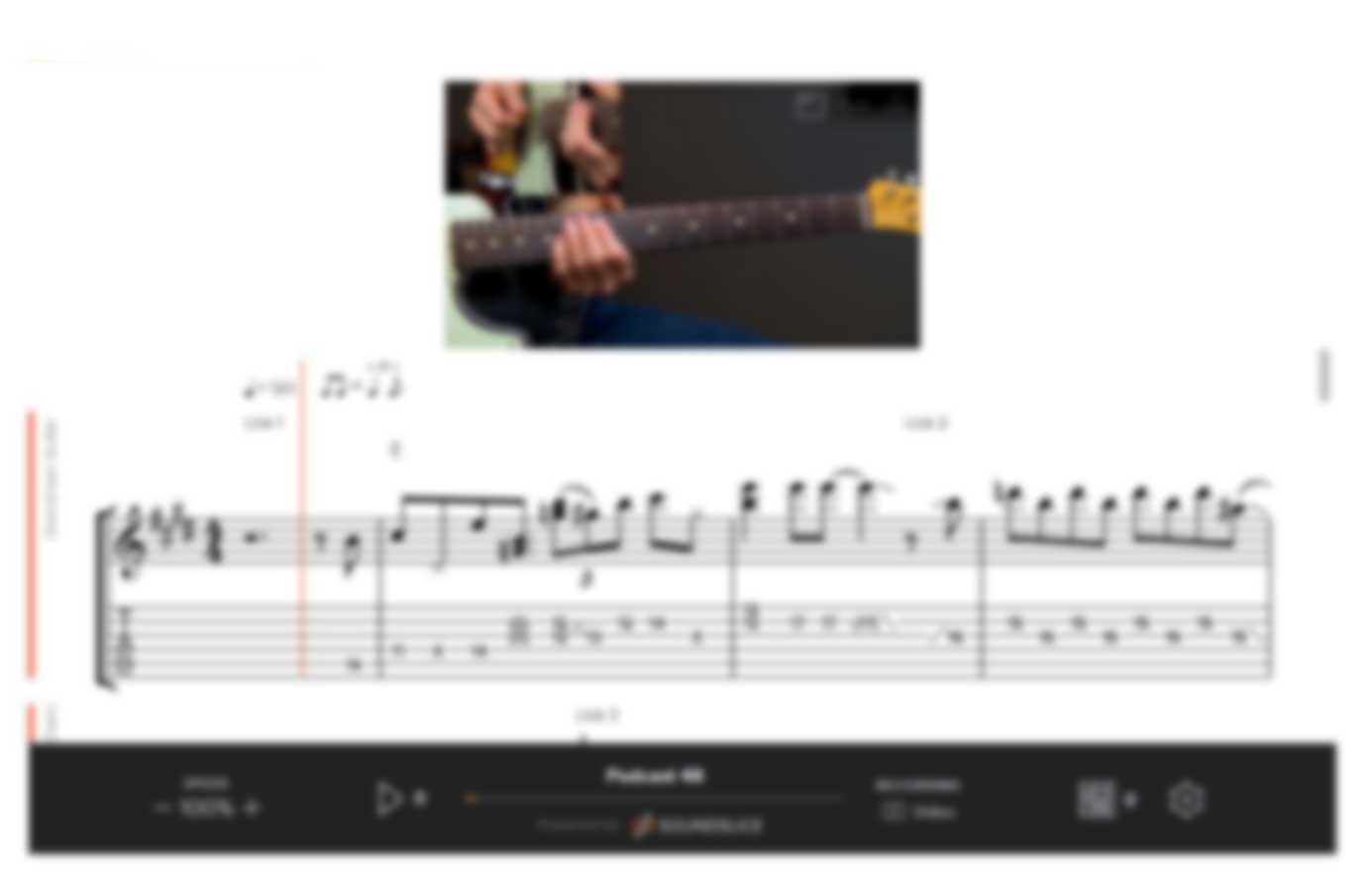In this lesson I want to show you a slow blues guitar lick played in the key of B. This is an excerpt from my Slow Blues Guitar Lesson Download. To learn the complete solo that this lick comes from click here.
Full lesson, Interactive Tab, Guitar Pro, and Backing Track
Gain Instant access when you become an All Access Pass Subscriber. Learn more about All Access



John:
Very nice pertinent lesson……..and on-screen graphics…….one almost can’t help themselves but sound dynamite on guitar following this closely!!
Jim
Hey John,
Of course, another great lesson introduction.
John, over the years as I’ve discovered “new” things in my playing, from your lessons, —- like “how” to remember licks, but as a basis for my own coloring of them, I’ve sent comments to you. I am sure the many changes you’ve made over time, are from many feedback items from folks.
For me, and believe your core students, whom are likely not foundation need folks, —- I look to you for middle to advanced contributions.
My point:
I think I may have progressed “faster” if someone had connected the dots (you), in one more way/method. To be sure, I don’t need another “pentatonic blues scales” how – to; and not what I am suggesting at all. However, an application you use now, an explanation within an explanation.
In addition to what you explain, and what I see as important for “me” as I got from this is a further analysis of how this all connects and works and can be remember for ones own original solos–taking it past the BBK’s and others.
Again, your improved on-screen diagrams while playing I-IV-V Chords is great; and so is your mid-point video Analysis, slow down and lecture of, i.e., this is a *major pentatonic adaptation (**not the minor most common lessons hammer upon). I say adaptation since in this both work and one can get lost trying to figure it out if not for your lecture — what happened to me.
For me, and hope I make myself understood here, if in your Analysis Lecture —- I had as well seen the pentatonic patterns (neck diagrams) strung together from which this all is based after or addition to this analysis lecture, as a “furthermore” that would have helped me as an “advanced” (not expert) player. Connecting the dots with these diagrams as *applied and with overlay examples of them combined, would be a great “additional” DVD disk. For me, that is what I then *remember when soloing/jamming. I *never, remember a note for note lick — I don’t play that way; nothing the same twice more or less.
Now, I did finally make that connection because again, I want to learn *not just BBK’s/others licks, but what he was *thinking, or based it upon and have it “work”. I know BBK, via interviews, had zero theory, –actually, as happens, he said, made up his own (why not), but does not recommend that method. I wish I had the link to his lecture, from some obscure interview where he speaks on that. So, he must have, “connected the dots” via patterns and combinations of them. And, so have his sound.
For example, who, as this lick to me is, * —- combines the major and minor pentatonic blues scale (in some other cases as well, with passing tones, not this lick, but injects the root major scale patterns too).
Once I understood this combination (try it), with a triplet off the B and treble E string up to G (ending on D#, at best a passing tone in the minor pentatonic and evening using the Db too) — I was amazed it worked and “sounded” like BBK, but not my adaptation. I was switching between major and minor and sounding “correct”, etc.
If you recognize my “name”/ID, you know what lessons I’ve had over the years. If this kind of connect the dots, of connecting the dots really advanced analysis explanation exists already, –let me know. If not, while maybe a bit “wild” an idea, it’s what helped me, so share it here.
Sweet lick, nicely done. Thank you!